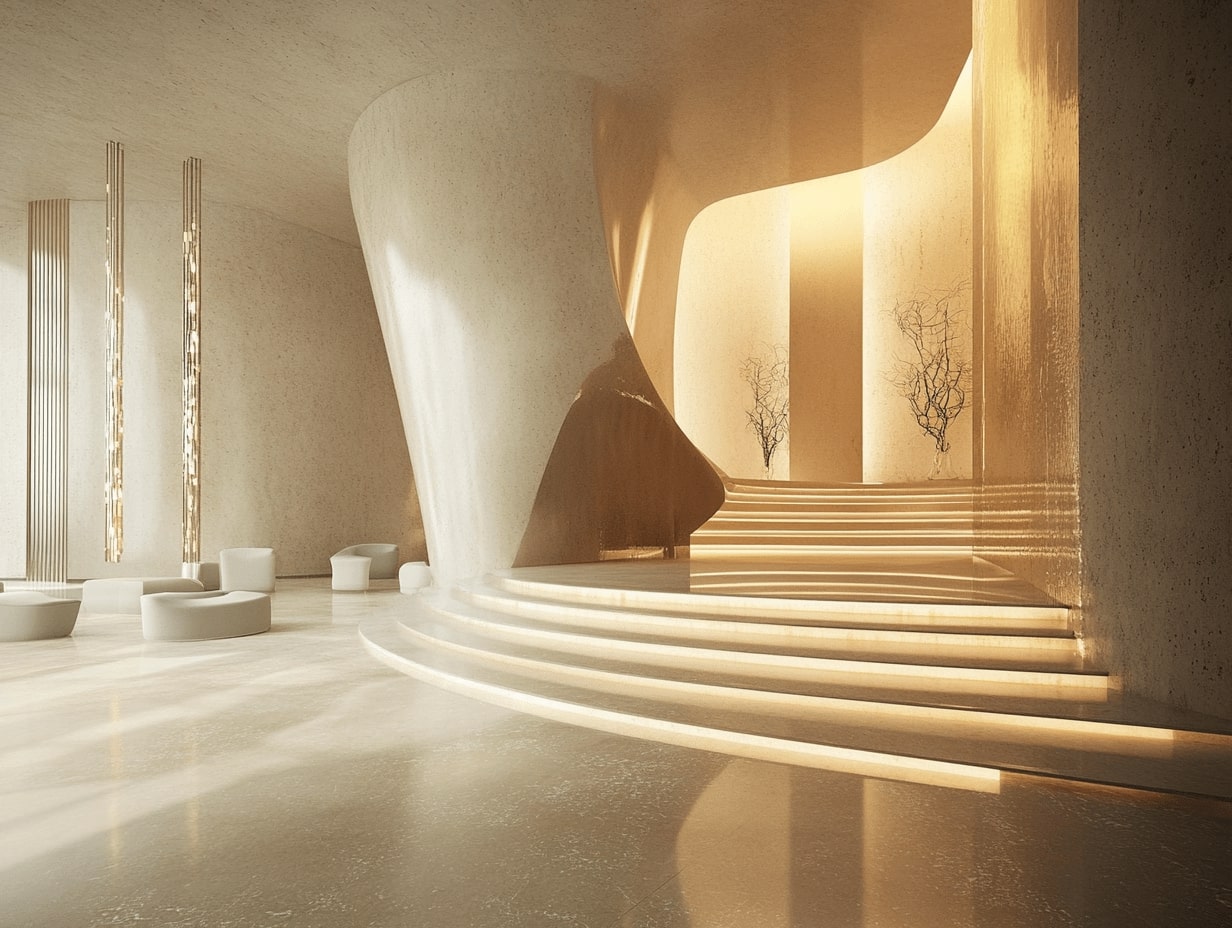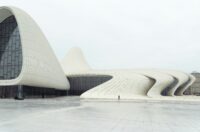- Home
- Articles
- Architectural Portfolio
- Architectral Presentation
- Inspirational Stories
- Architecture News
- Visualization
- BIM Industry
- Facade Design
- Parametric Design
- Career
- Landscape Architecture
- Construction
- Artificial Intelligence
- Sketching
- Design Softwares
- Diagrams
- Writing
- Architectural Tips
- Sustainability
- Courses
- Concept
- Technology
- History & Heritage
- Future of Architecture
- Guides & How-To
- Art & Culture
- Projects
- Interior Design
- Competitions
- Jobs
- Store
- Tools
- More
- Home
- Articles
- Architectural Portfolio
- Architectral Presentation
- Inspirational Stories
- Architecture News
- Visualization
- BIM Industry
- Facade Design
- Parametric Design
- Career
- Landscape Architecture
- Construction
- Artificial Intelligence
- Sketching
- Design Softwares
- Diagrams
- Writing
- Architectural Tips
- Sustainability
- Courses
- Concept
- Technology
- History & Heritage
- Future of Architecture
- Guides & How-To
- Art & Culture
- Projects
- Interior Design
- Competitions
- Jobs
- Store
- Tools
- More
How Light and Shadow Influence Architectural Design: Creating Dynamic Spaces
Explore the profound impact of light and shadow in architectural design. Discover how architects harness these elements to shape perception, transform spaces, and balance aesthetics with function. From ancient times to modern innovation, learn how skillful manipulation of light and shadow creates dynamic environments that enhance human experience and elevate architecture to art.

When we step inside a building, we often marvel at its design without realizing the subtle dance of light and shadow that shapes our experience. These elements aren’t just about aesthetics; they’re fundamental in guiding how we perceive and interact with spaces. Architects harness light to highlight features, create moods, and even influence our emotions.
In the world of architecture, light and shadow work hand in hand to transform a structure from mere walls and ceilings into a living, breathing space. They define textures, enhance colors, and can even dictate the functionality of a room. By understanding and manipulating these elements, architects can craft environments that are not only visually striking but also deeply functional and responsive to our needs.
As we explore the intricate relationship between light, shadow, and design, we’ll uncover how these forces shape our built environments and, in turn, our daily lives.

Table of Contents
ToggleThe Role Of Light In Architectural Design
Light plays a transformative role in architectural design, influencing both functionality and aesthetics. By understanding and using light effectively, architects can craft spaces that enhance user experiences.
Natural Light Vs. Artificial Light
Natural light offers dynamic qualities that change with time and weather. Its use can reduce energy consumption, improve well-being, and enhance spatial qualities. For instance, a building oriented to maximize sunlight can create inviting and lively interiors.
Artificial light, on the other hand, provides consistent illumination and control. It complements natural light by ensuring adequate visibility during nighttime or in enclosed spaces where sunlight is limited. Designers often use artificial lighting to highlight architectural features or create specific atmospheres.
Impact On Building Aesthetics
Light significantly affects building aesthetics by defining forms and highlighting textures. Daylight entering through strategic openings can accentuate architectural details and create striking visual contrasts. Materials with reflective properties enhance these effects by bouncing light across surfaces, enriching the perceived space.
Incorporating varied lighting schemes during different times of the day can transform a building’s facade, influencing its appearance and mood. By skillfully integrating light into architectural design, structures can shift from being static constructs to dynamic environments that captivate and engage us.
The Impact Of Shadow In Architectural Design
Shadows play a critical role in architecture, significantly affecting the perception of buildings. By casting shadows, architects create dynamic designs that enhance visual interest.
Creating Depth And Dimension
Shadows introduce depth and dimension to architectural structures. When cast strategically, shadows highlight contours and define spaces, turning flat surfaces into engaging visual narratives. For instance, in a multi-faceted facade, shadows emphasize different planes and angles, offering a more intricate view of the structure. They differentiate between foreground and background elements, enhancing the overall spatial experience.
Enhancing Textures And Patterns
Architects use shadows to accentuate textures and patterns on materials. When light interacts with surfaces, shadows reveal intricate details, from rough stone to sleek glass. They bring out surface imperfections and embellishments, allowing observers to appreciate craftsmanship. In patterned elements like latticework or grill, shadows create compelling visual patterns that change throughout the day, showcasing the building’s dynamism.

Historical Perspectives On Light And Shadow
Throughout history, architects have harnessed light and shadow to enhance architectural designs, transforming spaces over time. From ancient constructions to modern innovations, these elements have shaped our built environment.
Ancient Architectural Practices
In ancient times, architects understood light’s importance in creating spiritual and functional spaces. Egyptian temples incorporated narrow slits for sunlight to enter, emphasizing sacredness during specific times of the day. Similarly, ancient Greek architects used sunlight to accentuate the intricacies of marble columns, casting precise shadows for aesthetic enhancement. The Romans mastered the interplay of light and shadow in their amphitheaters, ensuring optimal daylighting and comfort during spectacles. These practices highlight how early civilizations ingeniously used natural light to achieve both spiritual and practical objectives.
Modern Architectural Innovations
Modern architecture continues to explore light and shadow as integral design components, incorporating advanced technologies. We now use dynamic facade systems that adapt to changing light conditions, like kinetic facades that move in response to the sun’s position. Architects have embraced daylighting strategies, utilizing large glass panels and skylights to maximize natural light while minimizing energy consumption in buildings. Additionally, creative use of artificial lighting enhances architectural forms and spaces, setting moods while allowing continuous visual interest. This evolution demonstrates how modern approaches leverage light and shadow to achieve sustainability and aesthetic goals in architectural design.

Designing With Light And Shadow In Mind
Architects consider light and shadow pivotal in shaping spaces. These elements influence both functionality and aesthetics, enabling architects to craft environments that are engaging and efficient.
Key Considerations For Architects
Architects focus on orientation, material selection, and window placement to harness light and shadow effectively. Orientation affects light entry throughout the day. North-facing windows, for example, offer steady, soft light, while south-facing ones provide more dynamic illumination.
Selecting materials with reflective or absorptive qualities greatly impacts light distribution. Light-colored surfaces enhance brightness by reflecting light, while darker textures create intimacy and depth. Window placement determines how light filters into a space, allowing for strategic control over visual and thermal comfort.
Techniques And Tools
Using advanced modeling software, architects simulate how light and shadow interact over time. These tools predict seasonal changes and facilitate precise placement of architectural elements.
Daylighting strategies, such as clerestories and light shelves, disperse natural light deep into structures, reducing the need for artificial lighting. Sustainable design solutions, like smart glass and dynamic facade systems, ensure optimal light management while maintaining energy efficiency.
By integrating these techniques, architects create spaces where light and shadow guide perception and enhance experience.

Notable Projects Showcasing Light And Shadow
Architecture that masterfully uses light and shadow captures our imagination and alters our experience of space. Let’s explore some iconic examples and the lessons these designs teach us.
Iconic Examples From Around The World
- Notre-Dame du Haut, France: Le Corbusier’s chapel plays with sensory experiences through light. The varying window sizes allow natural light to create captivating interior patterns and ambiance.
- Salk Institute, USA: Louis Kahn’s design in California features a central courtyard where light and shadow interplay dramatically, emphasizing the building’s minimalist geometry.
- Burj Khalifa, UAE: The world’s tallest building uses shadows to define its structure against the Dubai skyline. The tower’s orientation controls shadow paths, accentuating its height and elegance.
- Pantheon, Italy: This ancient Roman structure uses an oculus to funnel light, casting moving shadows that add dimensionality to its dome and materials.
Lessons Learned From Successful Designs
Utilizing light as a design tool enhances space quality and human experience. Successful projects highlight several key points.
- Control: Effective shadow control shapes perceptions. Well-positioned elements like overhangs manage shadow movement and density.
- Materials: Reflective surfaces like glass amplify light’s impact, while textured finishes like stone enhance shadow definition, offering varied tactile experiences.
- Adaptability: Flexible design adapts light use over time. Daylight-responsive facades balance natural shading with energy efficiency.
These examples and lessons showcase the transformative power of light and shadow in architecture, illustrating diverse applications and potential impact.
- architectural design influence
- architectural design strategies
- architectural design tips
- architectural lighting techniques
- architectural spaces lighting
- creating dynamic architectural spaces
- dynamic architectural design
- impact of light and shadow
- importance of light in architecture
- light and shadow dynamics
- Light in Architecture
- lighting design in architecture
- modern architectural lighting
- optimizing architectural spaces
- shadow impact on architecture
- shadow in architectural spaces
Submit your architectural projects
Follow these steps for submission your project. Submission FormLatest Posts
How a Contact Centre Boosts Trust in Your Building Business
In construction, trust is the glue that holds projects together. Clients need...
How Real Time Parcel Geolocation Is Redefining Last Mile Efficiency for Modern Businesses
Last mile delivery has become the most critical point in the customer...
How Can Small Spaces Stay Stylish and Relaxing?
In today’s fast-paced urban lifestyle, small living spaces are becoming increasingly common....
Top 10 Iconic Buildings by Zaha Hadid
Discover the top 10 most iconic buildings by Zaha Hadid, showcasing her...











Leave a comment